Lan Cable Factory explains how to prevent cable fires:
1. To ensure the construction quality, especially the production quality of the cable head must strictly meet the specified requirements.
2. Carry out cable tests regularly, and deal with it immediately if any problem is found.
3. Install a fire alarm device to detect the fire immediately and prevent the cable from catching fire.
4. The cable trench should be kept dry to prevent the cable from getting wet, causing the insulation to drop and causing a short circuit.
5. Strengthen the monitoring of cable operation to avoid overload operation of the cable.
6. Accidentally clean the dust accumulated on the cable to prevent the accumulated dust from igniting and causing the cable to catch fire.
7. Strengthen the regular inspection and maintenance of the cable loop switch and protection to ensure its reliable operation.
8. When laying the cable, keep a sufficient distance from the heat pipeline, the control cable is ≥ 0.5 meters; the power cable is ≥ 1 meter; the control cable and the power cable should be slotted, layered, and arranged separately, and it is impossible to overlap between layers; In accordance with the delineated parts, the cables should take flame retardant and heat insulation measures.
9. Equipped with necessary fire fighting equipment and facilities. Fires in overhead cables can be put out with common fire extinguishing equipment, but automatic or remote control fire extinguishing devices, such as 1301 fire extinguishing devices, water spray fire extinguishing devices, etc., should be installed in cable interlayers, shafts, trenches, and tunnels.
10. Take fire and flame retardant measures.
Fire retardant measures for cables include:
(a) Apply fire retardant paint on the surface of the cable.
(b) Wrap the part of the cable that needs to be flameproof with fireproof tape.
(c) The holes of the cable passing through the wall, the bottom of the tray, and the shaft are tightly sealed with refractory materials to avoid the expansion of the fire surface caused by the diffusion and spread of high-temperature smoke when the cable catches fire.
(d) Set up heat-resistant fire-proof boards between the cable-layers, segmented partition walls, and fire doors to prevent the cables from burning between the layers and expanding the fire.
(e) Wrap the cable with heat-insulating and flame-resistant material. When the surrounding of the cable catches fire, the wrapped cable is isolated from the fire by the heat-insulating and flame-retardant material to avoid burning. If the cable itself catches fire, the lack of oxygen in the wrapping body can make the fire self-extinguishing to prevent the fire from spreading outside the wrapping body.
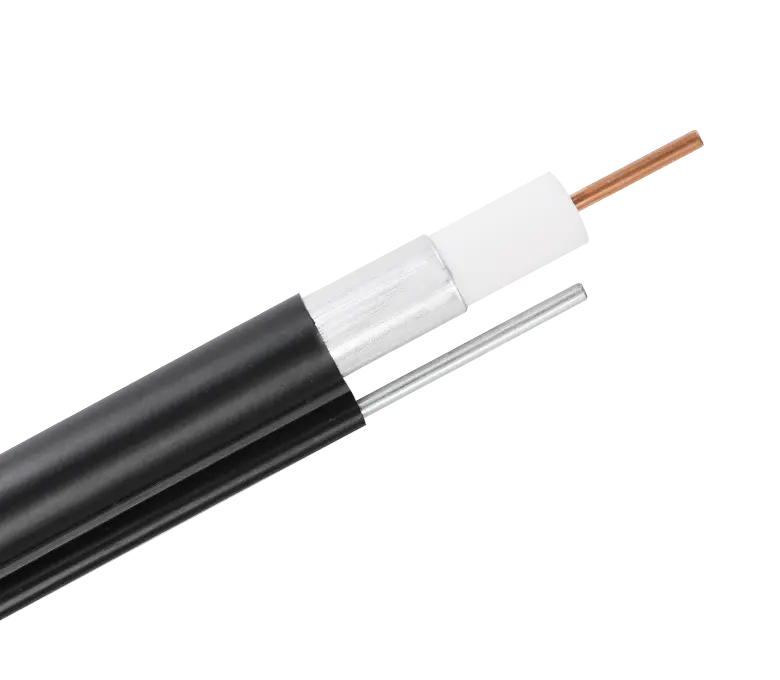
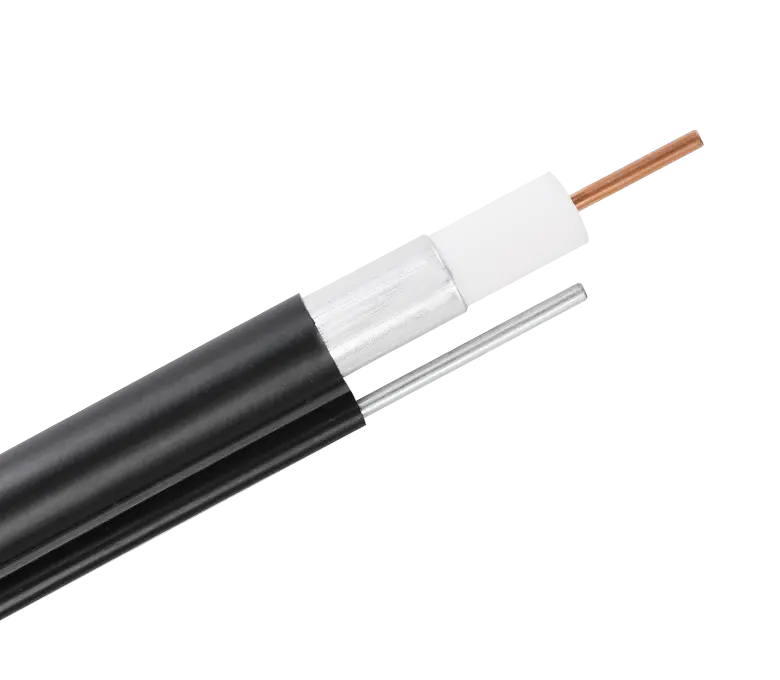
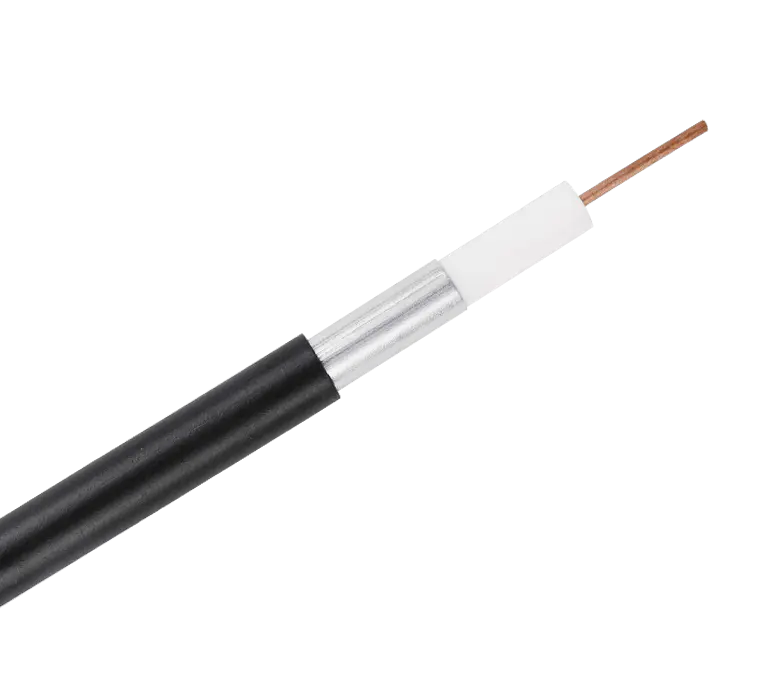
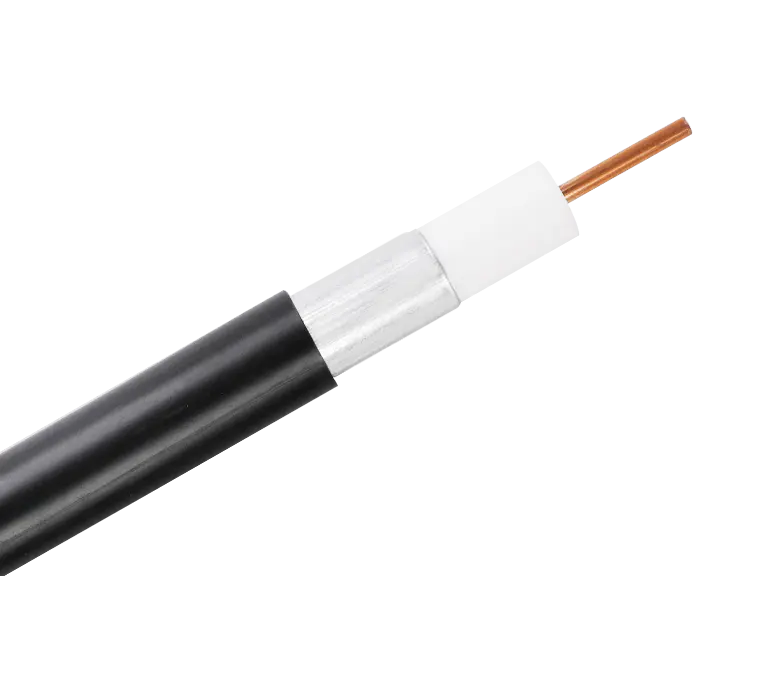
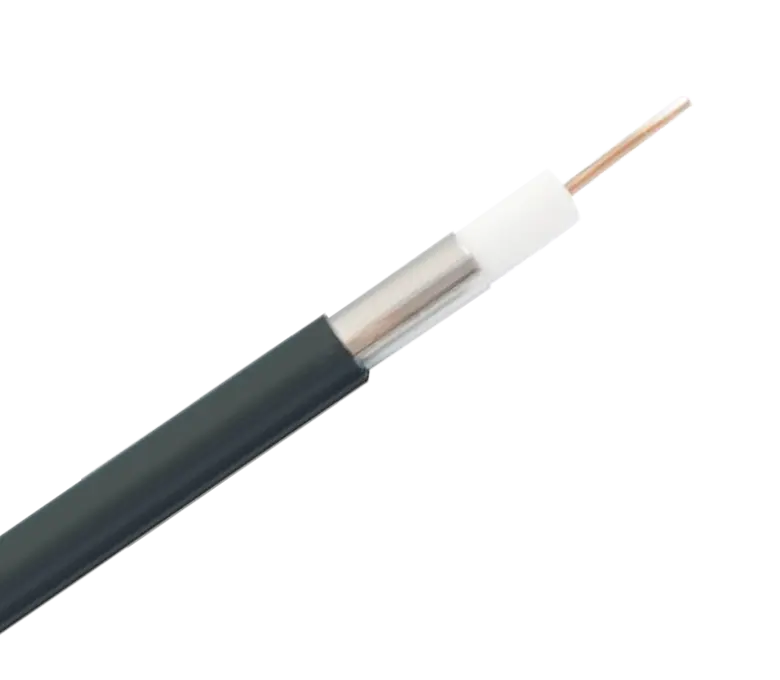
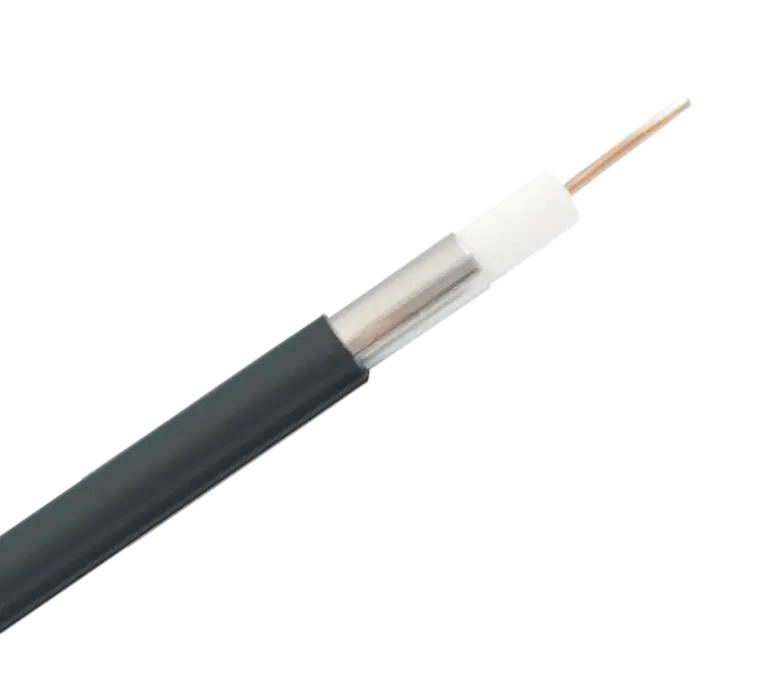
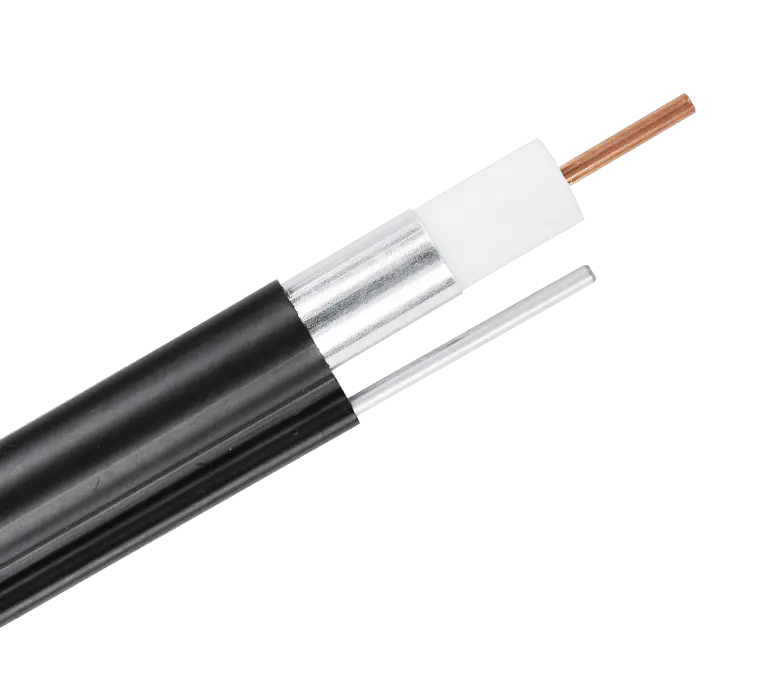
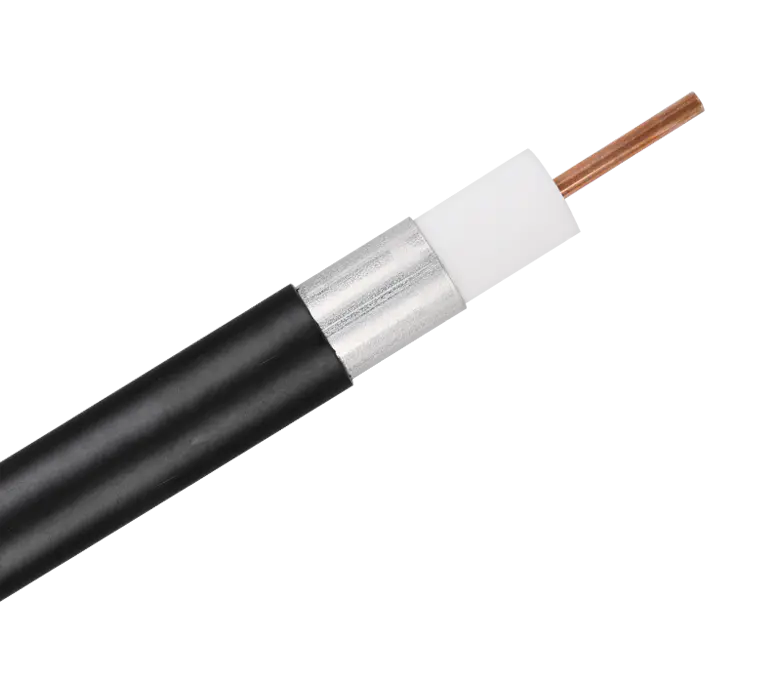
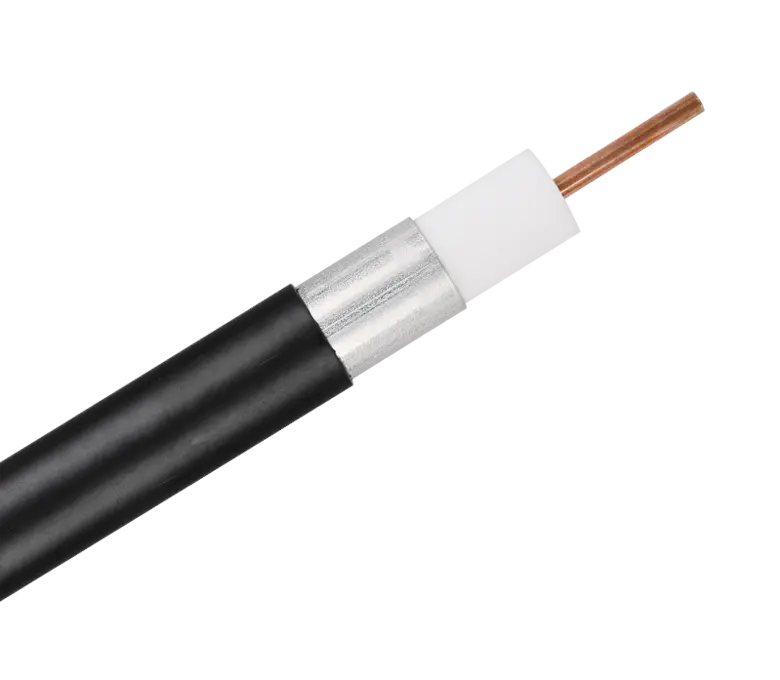
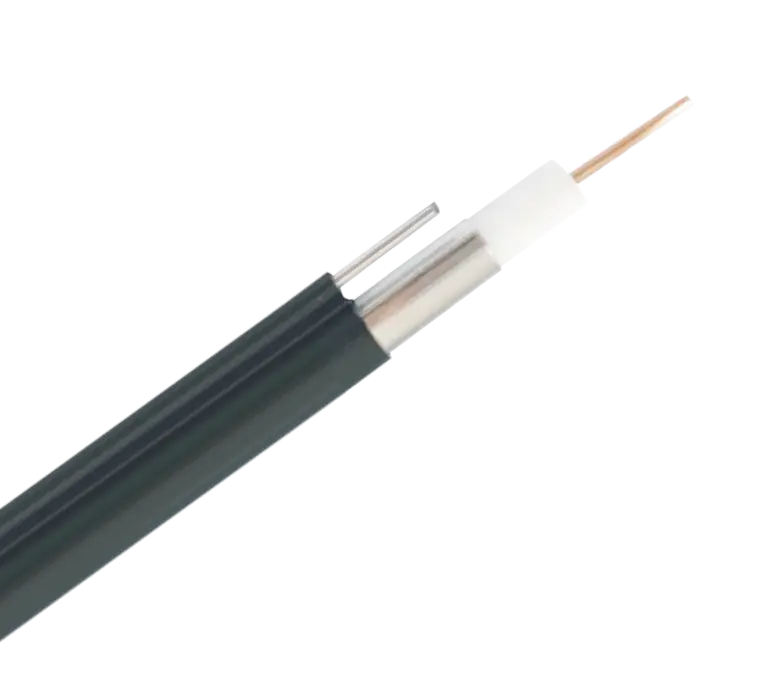
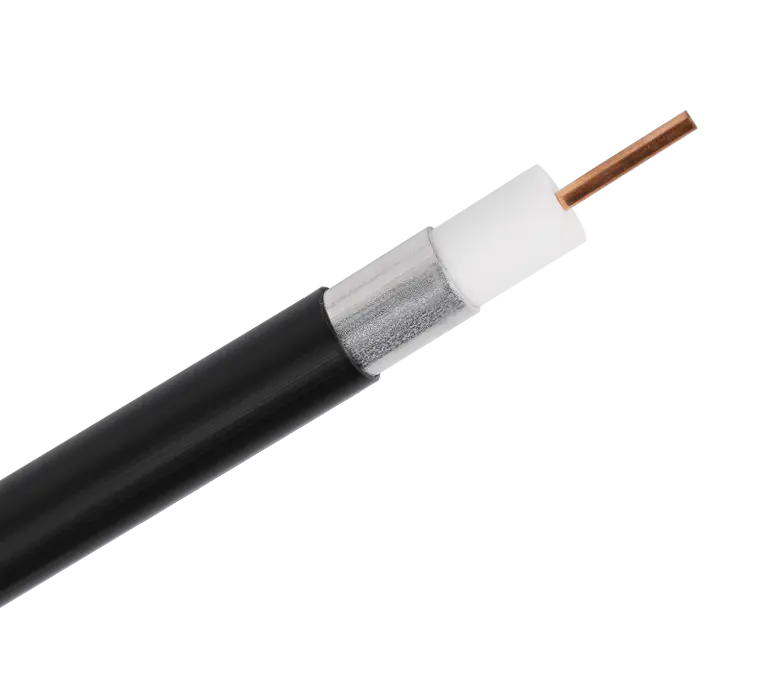
 浙公网安备33018502001191号
浙公网安备33018502001191号